3.7.11 Meaty Monday: Corned Beef with Vegetables
A common concern about sodium nitrite is the formation of carcinogenic nitrosamines when exposed to high temperatures. However, our bodies are full of nitrites, as much as 93% of which come from green vegetables, including spinach and celery. We naturally convert nitrate into nitrite, which works as a powerful antibacterial agent, particularly in an acidic environment like our stomachs. That said, you can choose to leave it out of the recipe, but your corned beef will not have the pink color, firm texture or precisely the flavor you might be expecting. Which is not to say it won't be delicious. For a more detailed discussion of pink salt, and curing safety in general, see Michael Ruhlman's post for Charcutepalooza here.
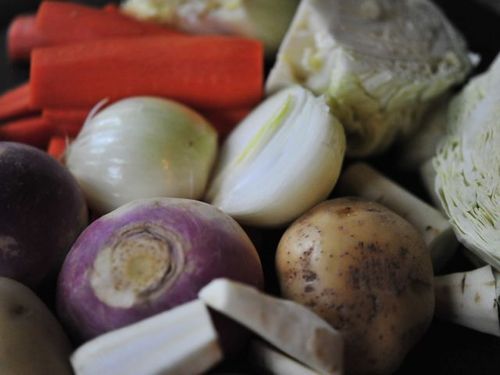
Corned Beef & Vegetables
serves 8, with leftovers
- — PICKLING SPICE:
- — 2 tablespoons black peppercorns
- — 2 tablespoons mustard seeds
- — 2 tablespoons coriander seeds
- — 2 tablespoons hot red pepper flakes
- — 2 tablespoons allspice berries
- — 1 tablespoon ground mace
- — 2 small cinnamon sticks, broken into pieces
- — 2-4 bay leaves crumbled
- — 2 tablespoons whole cloves
- — 1 tablespoon ground ginger
- — BRINE:
- — 8 cups water
- — 2 cups lager
- — 1 1/2 cups coarse kosher salt
- — 1/2 cup light muscovado sugar
- — 5 teaspoons (1 ounce) pink salt, optional
- — 3 garlic cloves, minced
- — 3 tablespoons pickling spice
- — 4-5 pounds well-marbled first cut beef brisket
- — * * *
- — One 12-oz bottle of Guinness
- — 3 tablespoons pickling spice, plus cheesecloth or spice bag
- — 3 medium turnips or rutabagas
- — 8 unpeeled medium white- or red-skinned potatoes
- — 6 medium carrots, peeled
- — 4 medium onions, peeled, halved through root ends
- — 4 medium parsnips, peeled and cut into 2" lengths
- — One 2-lb head of cabbage, quartered
Lightly toast the pepper, mustard and coriander in a hot, dry skillet, then smash them with the side of a knife to crack them. Combine these with the remaining pickling spice ingredients, mixing well. Store in a tightly sealed plastic container or glass jar.
Pour water and beer into a non-reactive container or roasting pan deep enough to contain the meat and brine. Add coarse salt, pink salt and sugar, stirring until dissolved. Mix in pickling spices.
Pierce brisket all over with the tip of a small, sharp knife. Completely submerge brisket in liquid, then top with a heavy platter to weigh it down. (I needed two cans of tomatoes on top of the platter to keep my brisket submerged.) Cover and refrigerate 5 days.
Remove corned beef from brine and rinse well. Then place directly in a very large, wide pot. Add stout and enough water to cover by 1 inch. Wrap pickling spice mixture in cheesecloth or spice bag, enclosing completely, and securing with kitchen string. Place spice bag in pot. Bring just to a boil, skimming as needed, then reduce heat to medium-low, cover, and simmer until beef is tender, about 2 1/4 hours. Transfer beef to large baking sheet. *At this point, you can cool the meat, then wrap in plastic wrap and refrigerate for a couple of days.
Add vegetables to liquid in pot; bring to boil. Reduce heat to medium and boil gently until all vegetables are tender, about 40 minutes. Using slotted spoon, transfer vegetables to baking sheet with beef. Discard spice bag. Return beef to pot and re-warm for 5 minutes.
Cut beef against grain into 1/4-inch thick slices. Arrange beef and vegetables on platter. Serve with Horseradish Cream and Guinness Mustard.
 Download Recipe
Download Recipe
Horseradish Cream
- — 1 cup sour cream or crème fraîche
- — 6 tablespoons prepared white horseradish
- — 1 tablespoon finely chopped dill pickle
- — 1 tablespoon chopped fresh chives or green onion
Whisk all ingredients in small bowl to blend. Cover and refrigerate at least 2 hours. (Can be made 2 days ahead.)
 Download Recipe
Download Recipe
Guinness Mustard
- — 1/2 cup coarse-grained Dijon mustard
- — 2 tablespoons regular Dijon mustard
- — 2 tablespoons Guinness stour or other stout or porter
- — 1 tablespoon minced shallot
- — 1 teaspoon golden brown sugar
Whisk all ingredients in small bowl to blend. Cover and refrigerate at least 2 hours. (Can be made 2 days ahead.)
 Download Recipe
Download Recipe






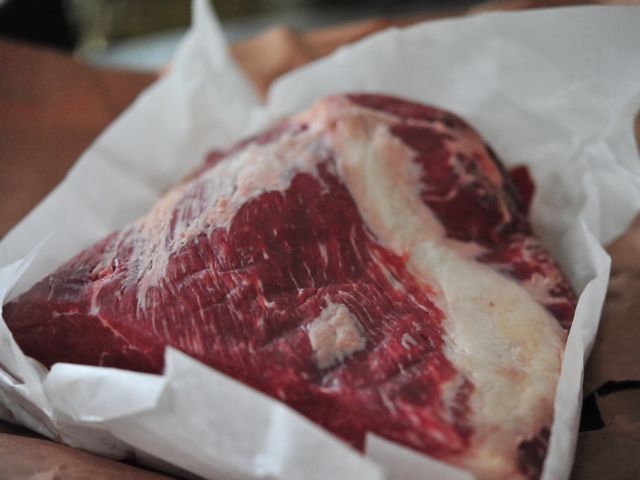
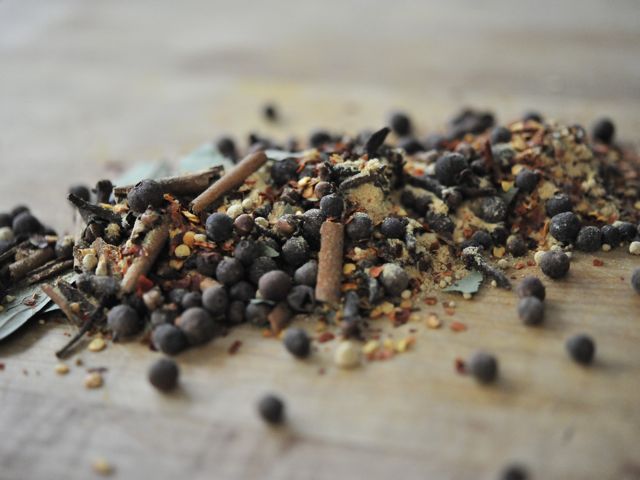
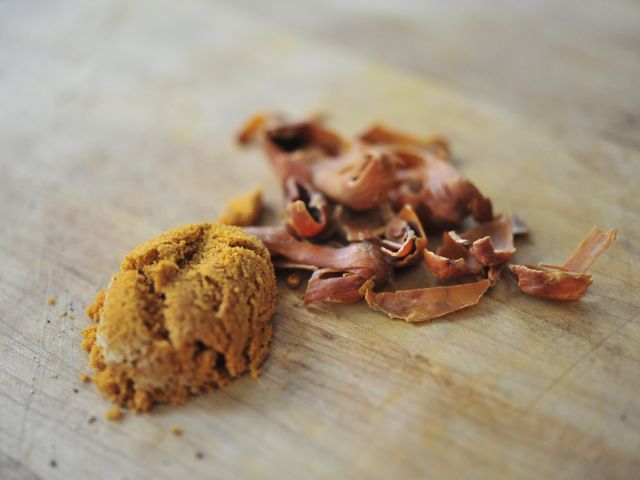
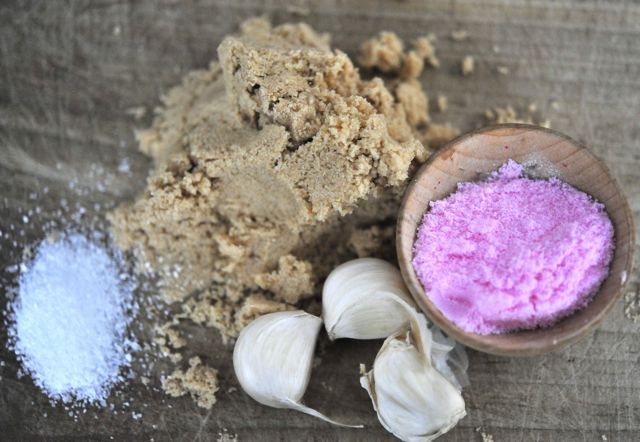
6 Comments